No products in the cart.
Hair Care Guide
Can you perm and color same day for incredible looks?
If you want to know about can you perm and color same day, This article covers it all. Dive into the details now to learn more.
Exploring the possibility of getting a perm and color same day by this article of Jen Hair. The answer is yes. It is possible to get a perm and color treatment on same day, but you need to approach it cautiously. It’s recommended to perm your hair first and wait for around two weeks before applying any color treatment. Let’s start with us!
Can you perm and color same day?
While it’s possible to perm and color your hair on the same day, it’s generally not recommended due to the use of strong chemicals in both processes. Combining these procedures may lead to less than ideal results.
Perming involves restructuring your hair’s protein bonds to create a new shape that lasts for months. On the other hand, the coloring process uses chemicals that remove your hair’s natural pigment to make way for new color molecules.
Both procedures are harsh on the hair and can result in moisture loss. Many professional salons still offer same-day perm and color services without a “recovery” period between the treatments, but it’s important to note that this approach may compromise the overall health and appearance of your hair.
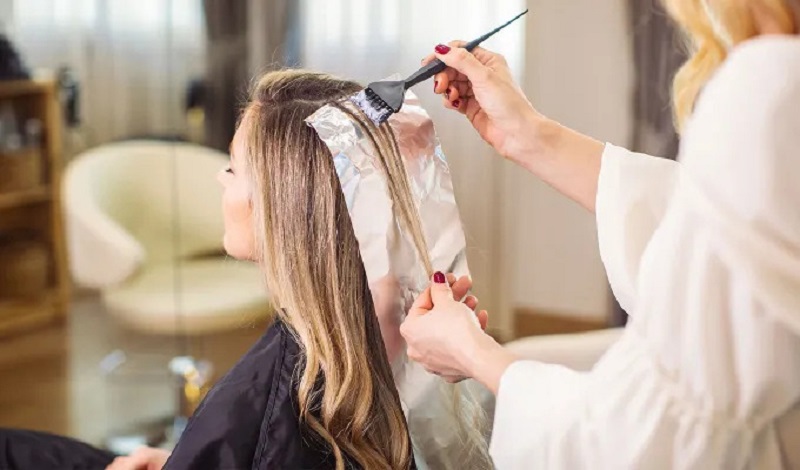
What will happen if you perm and color same day?
When you perm your hair and color it on the same day, the remnants of the perm and neutralizing agents can create issues. These residues might disrupt the coloring process.
The dye might not adhere as expected, resulting in a color outcome different from what you intended. Even if you were to reverse the sequence and color your hair before perming it, challenges persist. The perm’s neutralizing solution can interact with the dye, potentially altering or neutralizing the color you applied.
How long between perm and color?
To maintain the health and integrity of your hair, the recommended approach is to schedule the perm treatment first and then allow a waiting period of approximately two weeks before proceeding with coloring or highlighting.
This waiting period plays a crucial role in your hair’s recovery post-perm. It grants your hair the necessary time to recuperate from the chemical restructuring involved in perming, ultimately ensuring superior results and reducing the risk of potential damage from subsequent color treatments.
The chemicals present in the perming solution can alter the color of hair, potentially causing unexpected shade variations. Coloring immediately after a fresh perm could compromise the newly formed curls and result in damage.
For optimal outcomes and to safeguard the health of your hair, experts typically advise waiting a duration of 10 to 14 days after perming before introducing any color treatments. This waiting period allows your hair to regain its strength and stability, ensuring that both the perm and subsequent color treatment yield the desired results without jeopardizing the overall health of your hair.
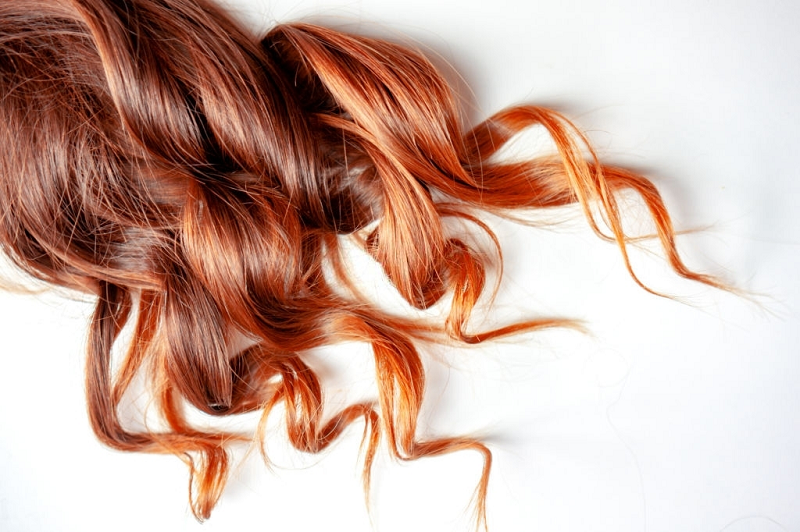
How to perm and color same day?
While it’s generally recommended to space out perm and coloring treatments to minimize potential damage, some individuals opt to have both done on the same day. If you’re considering this approach, it’s essential to proceed cautiously and consider the following:
- Consult a Professional: Seek advice from a professional hairstylist experienced in performing both processes simultaneously. They can assess your hair’s condition and advise whether it’s suitable for both treatments in one session.
- Consider Your Hair’s Health: Understand that subjecting your hair to multiple chemical treatments in a single day can be stressful for your strands. If your hair is already weakened, damaged, or previously processed, it might not be suitable for both treatments concurrently.
- Choose a Milder Perm: Opt for a milder perm formula that’s less damaging to the hair. This can minimize the potential adverse effects when combining with a ion hair color treatment.
- Be Mindful of Color Choice: Understand that the perm solution can alter the way your hair absorbs color. Consult with your stylist to select a dye or color that accommodates potential changes caused by the perm solution.
- Hair Health Precautions: Ensure your hair is in good condition before undergoing both treatments. Consider using deep conditioning or strengthening treatments before and after to mitigate potential damage.
- Professional Application: Have both processes done by a professional to ensure proper application and minimize the risk of over-processing or damage.
Keep in mind that while it’s feasible to perm and color on the same day, it’s a more aggressive approach that might not be suitable for everyone. Prioritize the health of your hair and consult with a trusted hairstylist to determine if this simultaneous treatment aligns with your hair’s condition and needs.

Can perm and color same day damage my hair?
Coloring permed hair safely involves allowing a recovery period of approximately two weeks post-perm treatment. Rushing into coloring immediately after perming could potentially result in hair damage. While it’s possible to dye your hair soon after bleaching, the decision depends significantly on your hair’s overall health and the condition of your roots.
For bleaching, the duration can last up to two hours, but this timeline should be cautiously observed, considering the hair’s response during the process.
The combined effects of perming and dyeing may lead to hair damage, influenced by the current state of your hair. The condition of your strands before undertaking both processes significantly impacts the potential for damage or resilience against these treatments.
Perm and color same day products
Combining perm and color treatments on the same day can be quite harsh on the hair. However, there are some products formulated to be milder and lessen the risk of damage when used together:
- Low Ammonia Hair Color: Look for hair color products with low or no ammonia content. These formulas are generally milder and cause less stress on the hair during the coloring process.
- Mild Perm Solutions: Choose perm solutions labeled as “mild” or “gentle.” These formulations aim to reduce the harsh effects of perming on the hair.
- Products with Conditioning Agents: Consider products that contain conditioning agents or ingredients like keratin, oils, or proteins. These can help to maintain the hair’s moisture and minimize damage during chemical treatments.
- Dual-Purpose Products: Some brands offer dual-purpose products for hair extensions explicitly designed for simultaneous perming and coloring. These are formulated to be less aggressive and may reduce the risk of damage when used together.
- Salon-Grade Products: Opt for professional-grade products used by experienced stylists. They often prioritize hair health and have formulations that minimize damage during chemical processes.
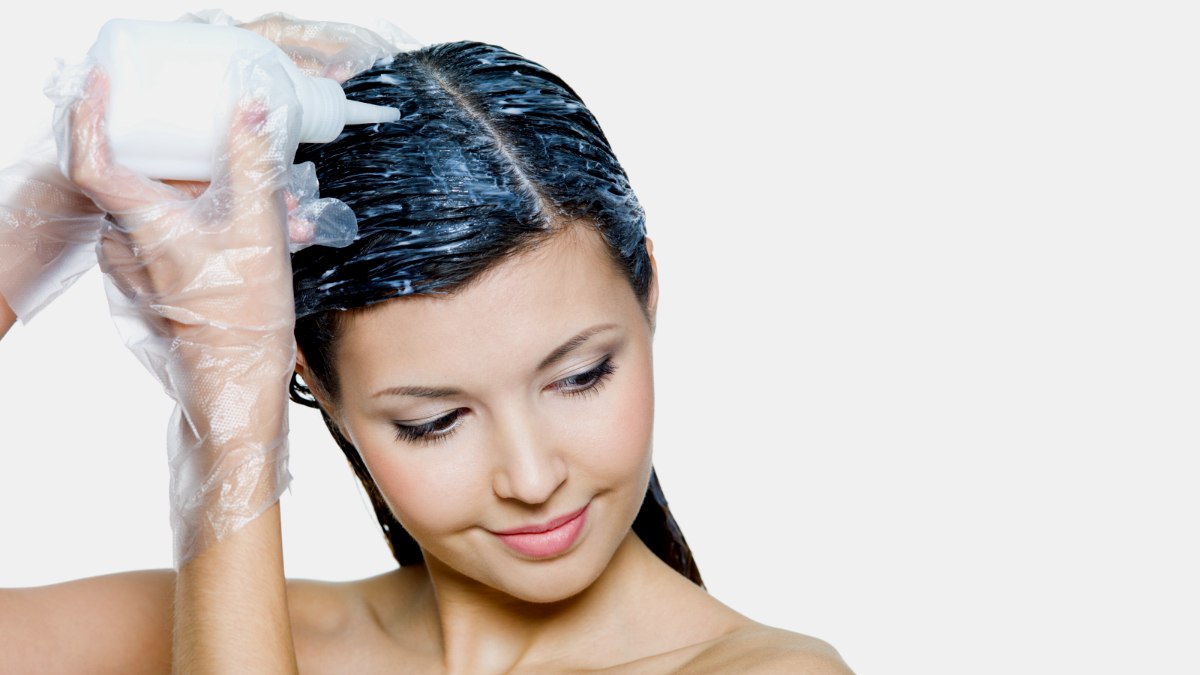
Before using any products for simultaneous perm and color treatments, consult with a professional hairstylist. They can provide guidance on suitable products that are milder and less damaging to the hair when used together. Additionally, perform a patch test to ensure compatibility and reduce the risk of adverse reactions or damage.
In this article, Jen Hair provides you information about can you perm and color same day. While it’s generally recommended to space out these treatments to minimize potential damage. You can combine these processes by use some tips, such as using milder formulations, considering hair health, and consulting with professionals for suitable products.
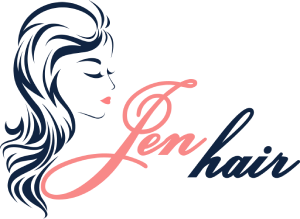
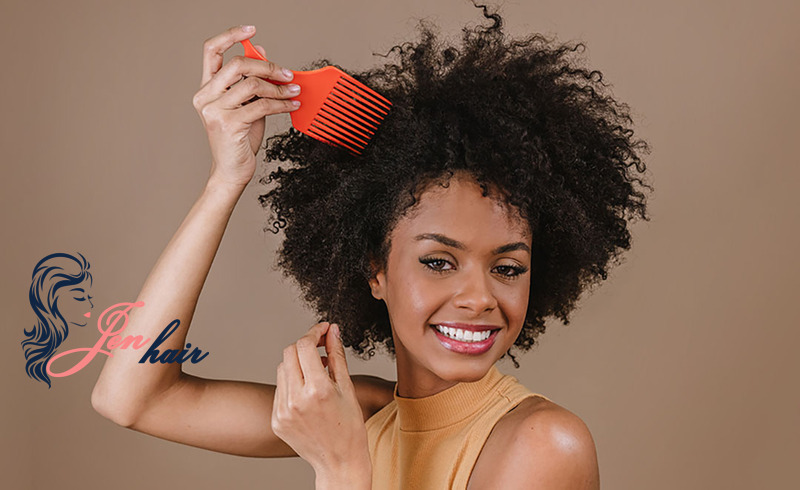 Guide Cornrows With Side Part The Best For Beginner
Guide Cornrows With Side Part The Best For Beginner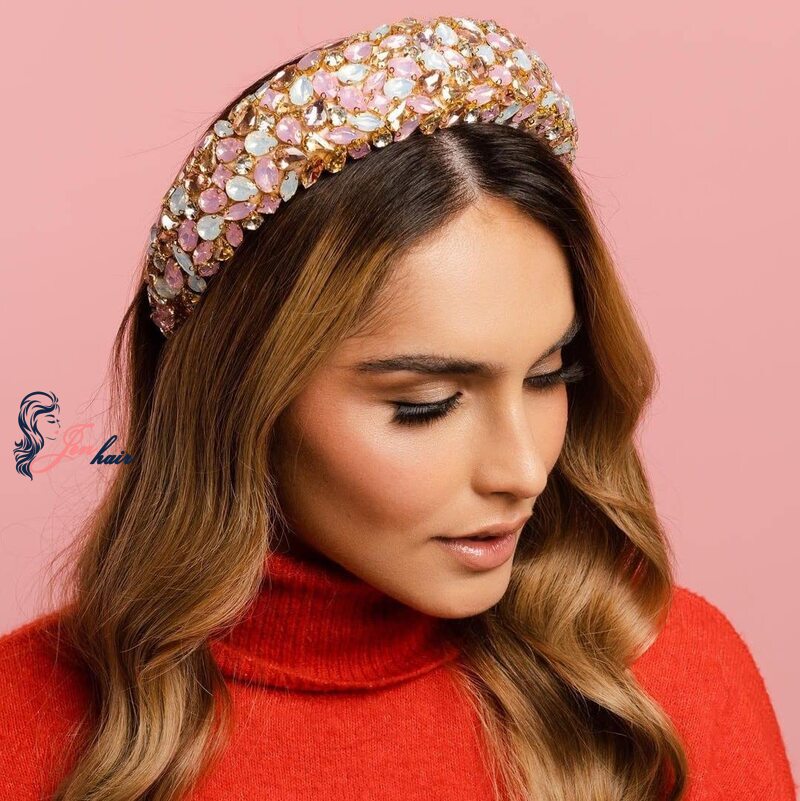 Ultimate Guide: Headband with Hair Attached (Best Styles for 2025)
Ultimate Guide: Headband with Hair Attached (Best Styles for 2025)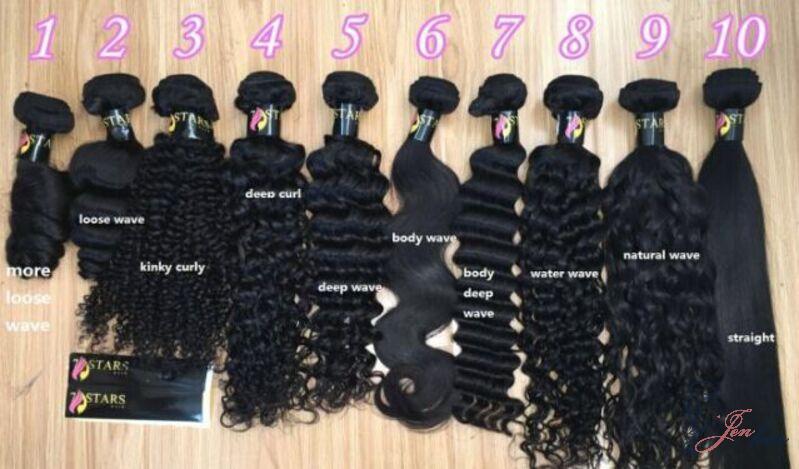 Top 7 Premium Human Hair Clip In Extensions For Black Hair
Top 7 Premium Human Hair Clip In Extensions For Black Hair
